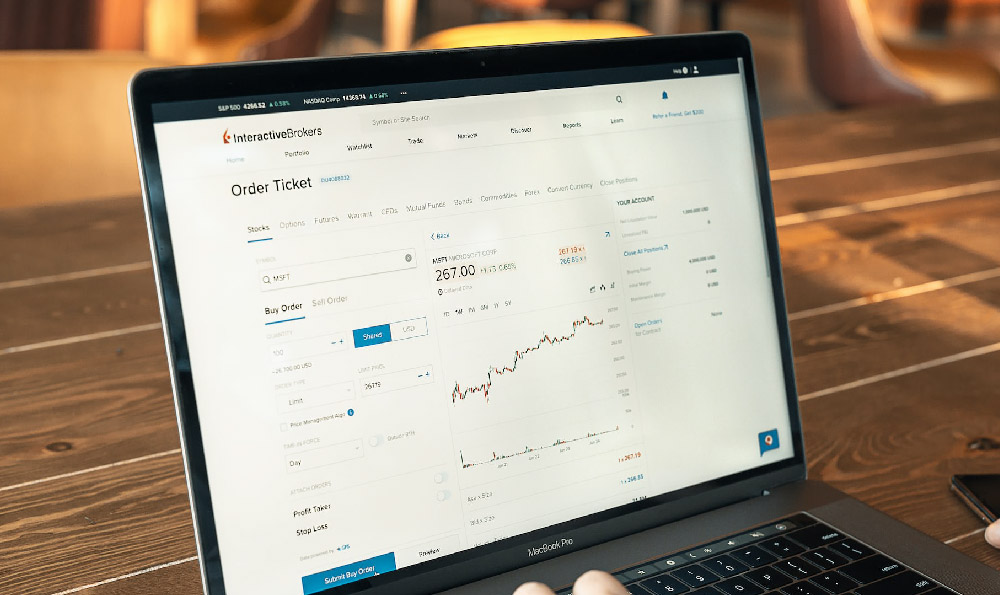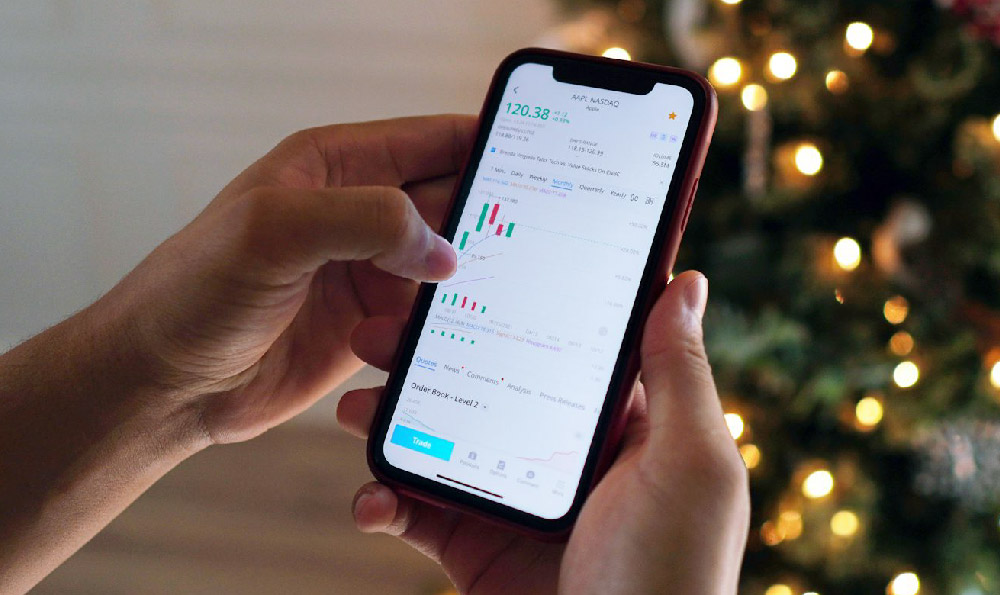Let's delve into the question of monetizing YouTube views and explore the feasibility of generating income through this platform. It's a common aspiration for many content creators, and while the path to financial success can be challenging, it is certainly achievable with the right approach and understanding.
The foundation of YouTube monetization lies in the YouTube Partner Program (YPP). To be eligible, creators must meet specific criteria, most notably accumulating at least 1,000 subscribers and 4,000 valid watch hours within the past 12 months. These thresholds act as a barrier to entry, ensuring that only creators demonstrating a genuine commitment to producing engaging content are admitted into the program. Once accepted, channels gain the ability to monetize their videos through various methods, with advertising being the most prevalent.
Advertisements, delivered in the form of pre-roll, mid-roll, banner ads, and overlay ads, generate revenue based on metrics like cost per mille (CPM) and cost per click (CPC). CPM represents the cost an advertiser pays for 1,000 ad impressions, while CPC reflects the cost an advertiser incurs each time a viewer clicks on an ad. These rates fluctuate significantly based on factors such as audience demographics, video content, ad format, and geographic location. Generally, channels targeting viewers in developed countries like the United States, Canada, and the United Kingdom tend to command higher CPMs compared to those targeting emerging markets. Niches like finance, technology, and education often attract advertisers willing to pay premium rates, resulting in higher earnings for creators in those domains.

However, relying solely on ad revenue can be a precarious proposition. Earnings per 1,000 views, often referred to as RPM (Revenue Per Mille), can vary dramatically. A channel with an RPM of $1 might earn only $100 for 100,000 views, while another channel with a higher RPM of $5 could generate $500 for the same number of views. This inherent variability highlights the importance of diversifying income streams beyond ad revenue.
One promising avenue for diversification is affiliate marketing. Creators can promote products or services within their videos and include affiliate links in the video description. When viewers click on these links and make a purchase, the creator earns a commission. This approach can be particularly lucrative for channels focusing on product reviews, tutorials, or lifestyle content. Carefully selecting affiliate programs aligned with the channel's niche and audience interests is crucial for maximizing conversion rates. Transparency is also paramount; creators should always disclose their affiliate relationships to maintain trust with their viewers.
Another increasingly popular method is channel memberships. YouTube allows creators to offer exclusive perks and benefits to viewers who pay a recurring monthly fee. These perks can include exclusive content, early access to videos, personalized badges, custom emojis, and live chat privileges. Channel memberships provide a predictable and recurring income stream, fostering a stronger sense of community among loyal viewers. To incentivize sign-ups, creators need to offer tangible value that justifies the monthly subscription fee. Regularly engaging with members and soliciting their feedback can further enhance the membership experience.
Merchandise shelves provide another direct avenue for monetization. Creators can design and sell branded merchandise, such as t-shirts, hoodies, mugs, and phone cases, directly to their audience through YouTube's integrated merchandise shelf or third-party e-commerce platforms. This allows creators to capitalize on their brand recognition and turn their viewers into paying customers. Designing appealing and high-quality merchandise that resonates with the channel's brand is essential for driving sales.
Super Chat and Super Stickers offer real-time engagement opportunities during live streams and premieres. Viewers can purchase Super Chat messages to highlight their comments in the live chat, increasing their visibility to the creator and other viewers. Super Stickers are animated images that viewers can send to express their support. These features allow creators to directly monetize their live interactions with their audience, generating revenue during live streams and premieres. Actively acknowledging and responding to Super Chat messages and Super Stickers can further encourage viewer participation.
Beyond these direct monetization methods, YouTube can also serve as a powerful platform for building a personal brand and driving traffic to other revenue-generating activities. Creators can use their YouTube channel to promote their own products, services, or online courses. They can also leverage their YouTube presence to attract sponsorships and brand deals. Building a strong brand identity and cultivating an engaged audience are critical for securing lucrative sponsorship opportunities.
Successfully monetizing YouTube views requires more than just uploading videos. It demands a strategic approach encompassing content creation, audience engagement, and diversification of income streams. High-quality content that resonates with a specific target audience is paramount. Consistent posting schedules, interactive elements like polls and Q&A sessions, and active community management are essential for fostering viewer loyalty. Understanding YouTube analytics and using data to optimize video performance is also crucial. This includes analyzing metrics like watch time, audience retention, and traffic sources to identify areas for improvement.
Furthermore, creators need to be mindful of YouTube's policies and guidelines to avoid demonetization or channel termination. Copyright infringement, inappropriate content, and misleading metadata can all result in penalties. Staying abreast of YouTube's evolving policies is crucial for maintaining a compliant and sustainable channel.
In conclusion, while monetizing YouTube views can be challenging, it is indeed possible to generate income through the platform. Success requires a multifaceted approach, encompassing high-quality content, consistent engagement, diversified income streams, and adherence to YouTube's policies. By adopting a strategic and data-driven mindset, creators can unlock the earning potential of their YouTube channels and transform their passion into a viable source of income. It’s a marathon, not a sprint, and persistent effort is key.












